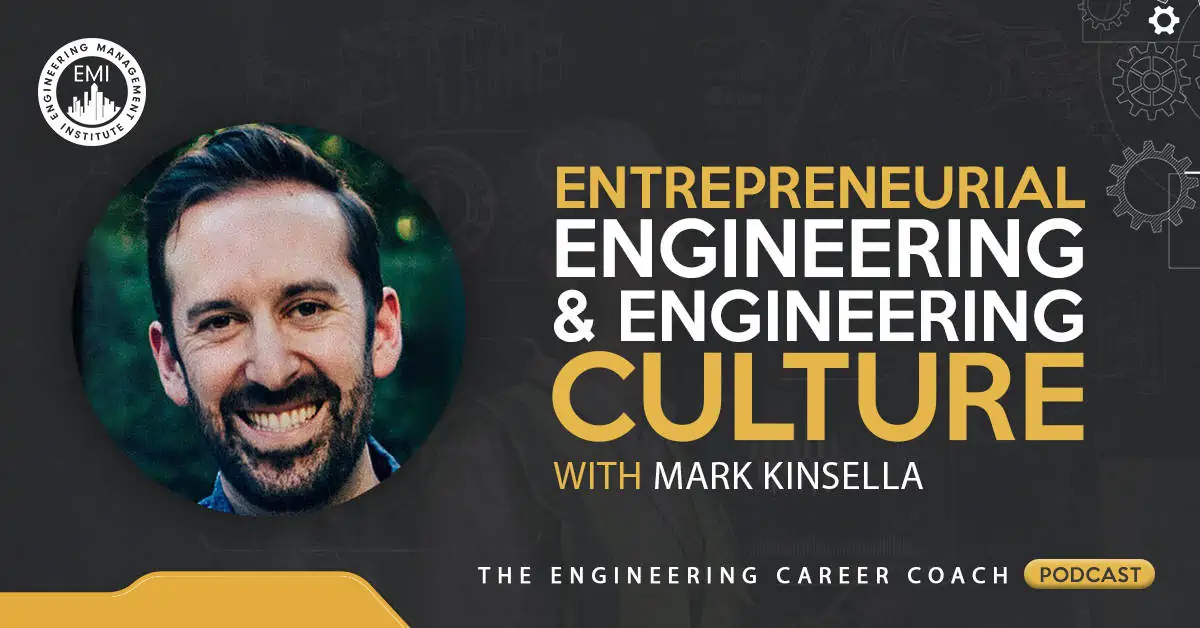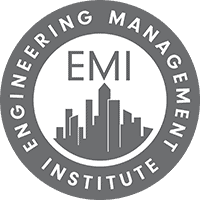Podcast: Play in new window | Download | Embed
In this episode, we talk to Mark Kinsella, the VP of Engineering at Opendoor, a real estate company in California, about entrepreneurial engineering. He also discusses the four key components of culture in a firm and provides ways on how you can empower your teams to be more productive.
Engineering Quotes:
Here Are Some of the Key Points Discussed About Entrepreneurial Engineering & Engineering Culture:
- Entrepreneurial engineers are business-minded thinkers. They must think about the complex nature of a business and implement it in their code.
- Your customers must always come first, and you must understand the problems they are facing. The key component in doing this is to have the correct data. To do this, send your engineers to shadow people who are doing the data capturing to see how it is done. Data can change multiple times in a day, which means that your APIs must be very resilient to all the edge cases and be able to process many kinds of data with minimal errors.
- Culture is the backbone of a successful engineering team. It drives the team forward as a cohesive unit, keeps them engaged, and helps you attract new, high-quality talent.
The Four Key Components of Culture:
- Execution: How well you move forward and make decisions.
- Impact: The focus your company has on the customer.
- Teamwork: How well you work as a team and across teams.
- Quality: You must deliver high-impact projects with high quality for your customers.
- To build a strong engineering culture, you must have a strong discipline to ensure that every decision you make, at every level, has the four key components addressed. When you do this from the beginning of a project, you will continue to build on top of them.
- It is critical to continuously build strong teams, not only between teams, but also within teams. You must focus on the technical side of your projects, and on the people.
- To continue productivity in your company, you must design a framework that focuses on three different areas in a quarter.
- The first area could be: 50% of your engineering time should be spent on that quarter’s OKRs (objectives and key results), projects, and immediate impact.
- The second area: 20% of your time on big bets, which are things that would not affect this quarter but will have an effect in the future.
- The third area: 30% of your time on technical excellence so that you improve on your system and architecture.
- There are two aspects to keeping a remote team proactive. The first one is using strong collaborative tools so that people can work together and make decisions together. These collaborative tools are things like GitHub, Notion, and Jira. The second aspect is to keep the connections and bonds between engineers so that they can rely on each other and work together as a team.
- There are many ways to build the connections in your teams while they are working remotely. Try hosting monthly roundtables for every team. Try ignoring the work and find out more about how they are doing and if there is any way you can help them. Promote having team-wide discussions on how things can be made easier and more productive.
- You must make certain that everyone in your company is growing, learning, and thriving. Ensure there are clear roles, responsibilities, and expectations of what each person should be doing at their current and higher levels. It is the core output of a career ladder. It allows everyone to know what they should be doing, and what they could be doing to get to the next level. Have different career ladders for engineers and engineering leaders.
- Moving from an engineering role to an engineering leader role is not a promotion. It is a parallel pathway that people can move between. Promotions are directly tied to an individual’s performance, and not the individual themselves. Having objective career ladders and talking about what individuals need to be doing makes it a lot easier to disconnect the person from the person’s work. Promotion to the next level is a trailing indicator of excess or increased scope that the individual has taken on in the past few months.
- The key overlap between an engineer and an engineering manger is leadership. As an engineer, you are still a leader within your team, outside of teams, or even in the company. It also applies to engineering managers. You need to decide if you prefer doing engineering tasks or people management in your daily tasks. An engineer thinking of moving to engineering management should take on an intern or be a mentor to someone. It will give them some experience in providing career feedback and growth to the younger or more junior engineer and will help them to decide if engineering management is a good fit for them.
- If engineers get to a level in the company where they feel that they cannot progress any higher, then the company’s career ladder needs to be reviewed. Try adding some levels where the engineer can also manage teams but still be more involved in the technical side than the people management side.
More in This Episode…
In the Take Action Today segment of the show, Mark talks about how you can try something new in your engineering career.
About the Guest, Mark Kinsella

About the Host, Jeff Perry, MBA
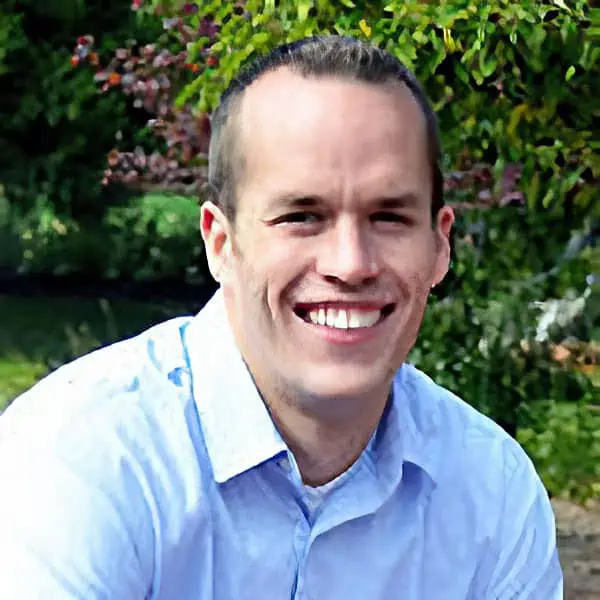
You can connect with Jeff on LinkedIn at https://www.linkedin.com/in/jeffcperry/ or visit his website, https://morethan-engineering.com. Jeff also has a new, FREE, on-demand training course for engineers who are job searching or in job transitions. You can see it at https://engineeringcareeraccelerator.com.
Resources and Links Mentioned in This Session Include:
Opendoor
Opendoor Careers
Opendoor Open House
GitHub
Notion
Jira
Gather Town
Zoom
Connect with Mark Kinsella on LinkedIn
This Episode Is Brought to You by Washington State University
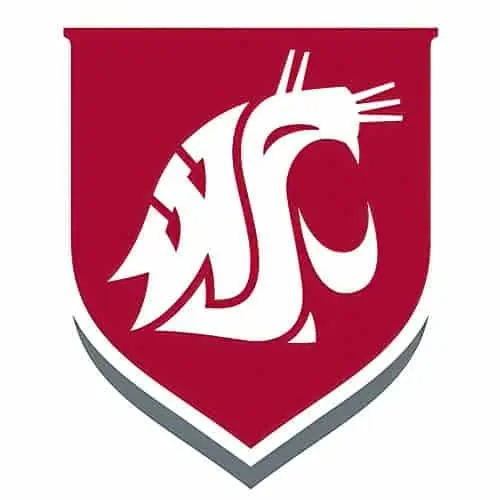
We would love to hear any questions you might have or stories you might share on entrepreneurial engineering and engineering culture.
Please leave your comments, feedback, or questions in the section below.
To your success,
Jeff Perry, MBA
Host of The Engineering Career Coach Podcast
